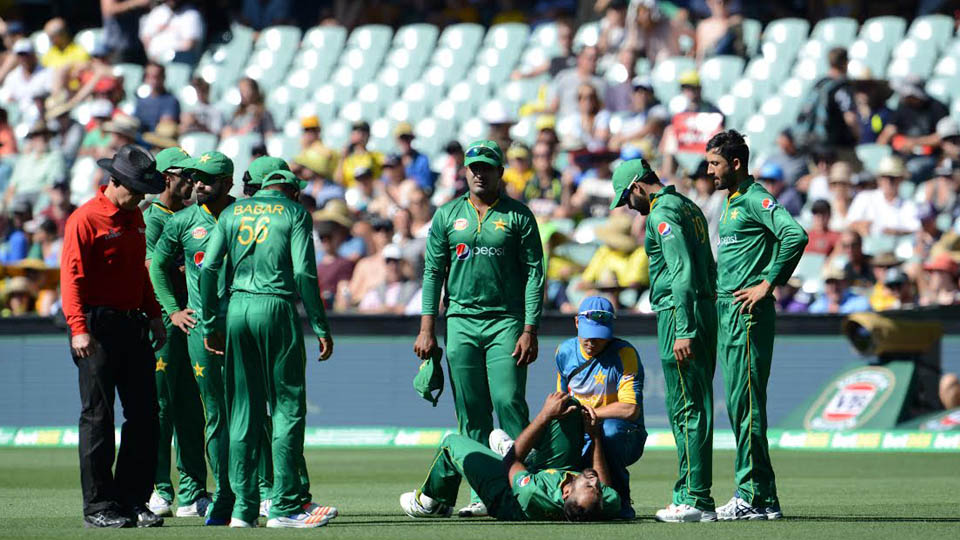Here is a quick summary view of how players from both teams performed, during recently concluded Pakistan vs Australia ODI Series, with respect to common performance benchmark of an ideal performance.
The calculation is pretty simple. For all Batting Performances, the Series Batting Average of each batsman was divided by 40, the generally accepted benchmark batting average in ODIs. Similarly, Strike Rate of 100 was taken as a benchmark and each Batting Strike Rate was divided by 100. Then both of these factors to give a Quality Factor. To map quality with length of performance(s), this quality factor was then multiplied by the total runs scored by each batsman during the series.
Unlike bowling where each bowler is restricted to a maximum quota of balls he could bowl in a match regardless of how good he bowls in that particular match, a batsmen gets the chance to play out even all of 50 overs. This at times, means the batsmen coming later in the order rarely gets a chance to play as many overs as a top order batsman can. For this purpose, the product of quality factor and total number of runs was further divided by number of innings batted by that batsman to give the benchmark rating. To make it easier to relate and assess, these ratings were further scaled to a scale of 100 where rating of 100 means an ideal performance of 40 runs at a Strike Rate of 100. Anything above is considered an above par rating and anything below as below par rating.
Applying this method gives the following view of the series:

Similarly, for bowling performances, Bowling Average of 25, Economy of 6 Runs Per Over and Bowling Strike Rate of 30 balls per wicket (2 wickets in 10 overs) was used as a benchmark performance. The total quality points were then scaled to a scale of 100 to provide the performance rating where a rating of 100 means a par performance.
Since bowling performances in an ODI are already limited to a maximum quota, as explained earlier, no further calculations were done in that regard. Similarly, unlike batting where there is no maximum limit of runs to be scored or conceded by a batting or bowling team, the bowling performances of a bowling unit are already confined to maximizing of 10 wickets by the bowling team which means that in case of a good or exceptional performance by a bowling team, not all bowlers gets a chance to bowl their whole quota even when they would like to, so the factor of number of balls bowled by a bowler has been ignored.
Applying this method on bowling performances, gives the following view:

